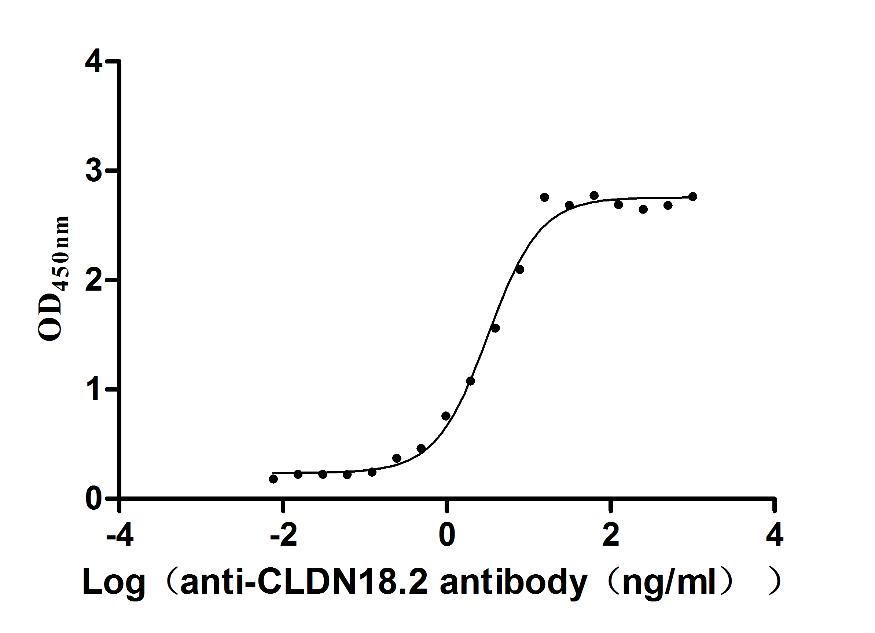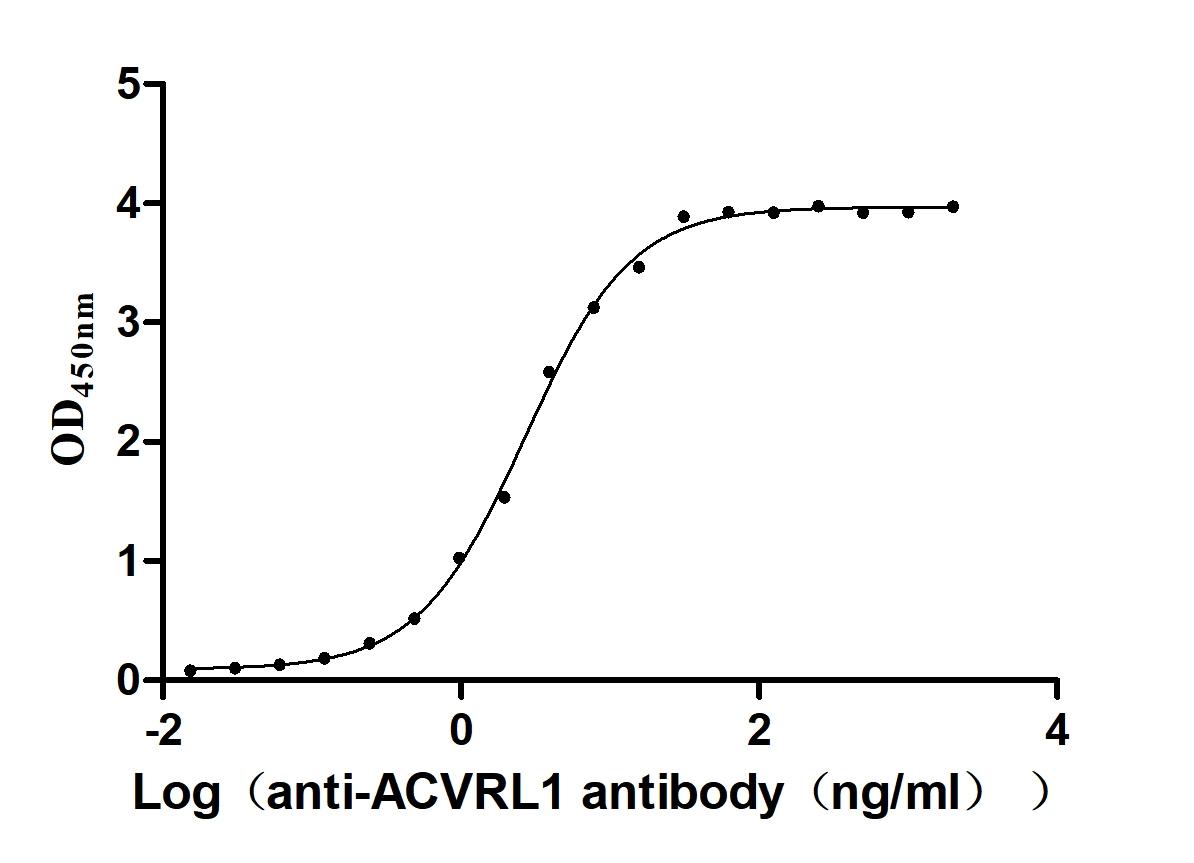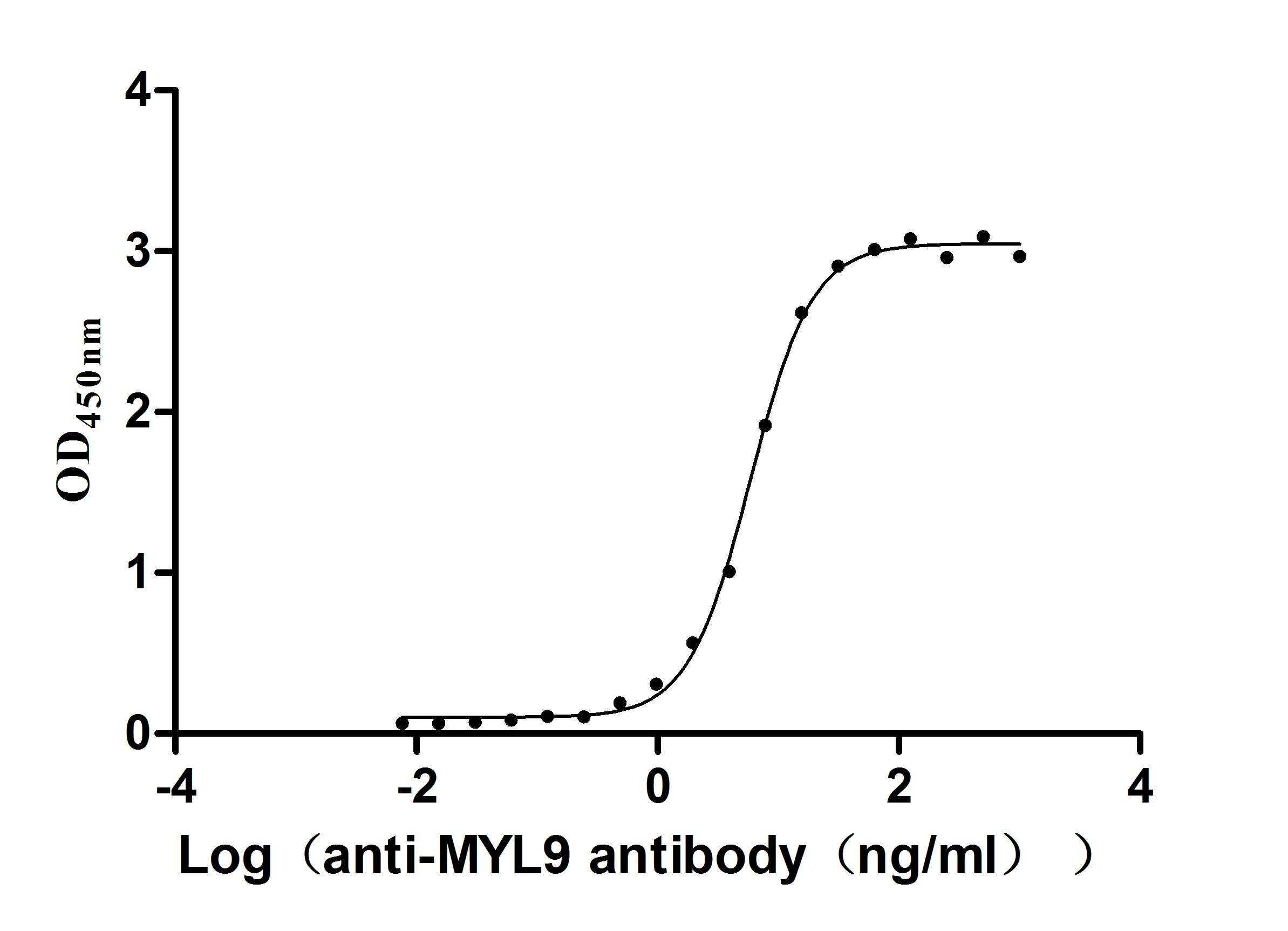Recombinant Human Potassium voltage-gated channel subfamily E member 3 (KCNE3)
-
中文名稱:
-
貨號:CSB-YP2256HU
-
規格:
-
來源:Yeast
-
其他:
-
中文名稱:
-
貨號:CSB-EP2256HU
-
規格:
-
來源:E.coli
-
其他:
-
中文名稱:
-
貨號:CSB-EP2256HU-B
-
規格:
-
來源:E.coli
-
共軛:Avi-tag Biotinylated
E. coli biotin ligase (BirA) is highly specific in covalently attaching biotin to the 15 amino acid AviTag peptide. This recombinant protein was biotinylated in vivo by AviTag-BirA technology, which method is BriA catalyzes amide linkage between the biotin and the specific lysine of the AviTag.
-
其他:
-
中文名稱:
-
貨號:CSB-BP2256HU
-
規格:
-
來源:Baculovirus
-
其他:
-
中文名稱:
-
貨號:CSB-MP2256HU
-
規格:
-
來源:Mammalian cell
-
其他:
產品詳情
-
純度:>85% (SDS-PAGE)
-
基因名:KCNE3
-
Uniprot No.:
-
別名:Potassium voltage-gated channel subfamily E member 3; MinK-related peptide 2; MiRP2; Minimum potassium ion channel-related peptide 2; Potassium channel subunit beta MiRP2; KCNE3
-
種屬:Homo sapiens (Human)
-
蛋白標簽:Tag?type?will?be?determined?during?the?manufacturing?process.
The tag type will be determined during production process. If you have specified tag type, please tell us and we will develop the specified tag preferentially. -
產品提供形式:Liquid or Lyophilized powder
Note: We will preferentially ship the format that we have in stock, however, if you have any special requirement for the format, please remark your requirement when placing the order, we will prepare according to your demand. -
復溶:We recommend that this vial be briefly centrifuged prior to opening to bring the contents to the bottom. Please reconstitute protein in deionized sterile water to a concentration of 0.1-1.0 mg/mL.We recommend to add 5-50% of glycerol (final concentration) and aliquot for long-term storage at -20℃/-80℃. Our default final concentration of glycerol is 50%. Customers could use it as reference.
-
儲存條件:Store at -20°C/-80°C upon receipt, aliquoting is necessary for mutiple use. Avoid repeated freeze-thaw cycles.
-
保質期:The shelf life is related to many factors, storage state, buffer ingredients, storage temperature and the stability of the protein itself.
Generally, the shelf life of liquid form is 6 months at -20°C/-80°C. The shelf life of lyophilized form is 12 months at -20°C/-80°C. -
貨期:Delivery time may differ from different purchasing way or location, please kindly consult your local distributors for specific delivery time.Note: All of our proteins are default shipped with normal blue ice packs, if you request to ship with dry ice, please communicate with us in advance and extra fees will be charged.
-
注意事項:Repeated freezing and thawing is not recommended. Store working aliquots at 4°C for up to one week.
-
Datasheet :Please contact us to get it.
相關產品
靶點詳情
-
功能:Ancillary protein that assembles as a beta subunit with a voltage-gated potassium channel complex of pore-forming alpha subunits. Modulates the gating kinetics and enhances stability of the channel complex. Assembled with KCNB1 modulates the gating characteristics of the delayed rectifier voltage-dependent potassium channel KCNB1. Associated with KCNC4/Kv3.4 is proposed to form the subthreshold voltage-gated potassium channel in skeletal muscle and to establish the resting membrane potential (RMP) in muscle cells. Associated with KCNQ1/KCLQT1 may form the intestinal cAMP-stimulated potassium channel involved in chloride secretion that produces a current with nearly instantaneous activation with a linear current-voltage relationship.
-
基因功能參考文獻:
- Regulation of human cardiac potassium channels by full-length KCNE3 and KCNE4 has been reported. PMID: 27922120
- Structural, computational, biochemical, and electrophysiological studies lead to an atomically explicit integrative structural model of the KCNE3-KCNQ1 complex that explains how KCNE3 induces the constitutive activation of KCNQ1 channel activity, a crucial component in K(+) recycling. PMID: 27626070
- Reported here are previously undiscovered protein-coding regions in exon 1 of hKCNE3 and hKCNE4 that extend their encoded extracellular domains by 44 and 51 residues, which yields full-length proteins of 147 and 221 residues, respectively. PMID: 27162025
- Based on current evidence from published studies, neither of the two variants from KCNE was significantly associated with the risk of Meniere's disease--{REVIEW} PMID: 26890422
- Data show that voltage-gated potassium channel KCNE3 directly affects the S4 movement in potassium channel KCNQ1. PMID: 26668384
- KCNQ1/KCNE3 channels make only a small contribution to basolateral conductance in normal colonic crypts, with increased channel activity in UC appearing insufficient to prevent colonic cell depolarization in this disease. PMID: 26718405
- KCNE1 and KCNE3: The yin and yang of voltage-gated K(+) channel regulation PMID: 26410412
- A KCNE3 T4A mutation was identified in a Japanese patient presenting Brugada-pattern ECG and neurally mediated syncope. PMID: 22987075
- Allele frequencies are studied for 11 known variants of KCNE3 gene, of which two (F66F and R83H) are polymorphic but are not associated with chronic tinnitus. PMID: 21899751
- The results of this study indicated that Kv7.5 contributes to the spatial regulation. PMID: 22190306
- 2 of the 8 MiRP2 extracellular domain acidic residues (D54 and D55) are important for KCNQ1-MiRP2 constitutive activation. PMID: 20040519
- data show that SNPs in KCNE1 and KCNE3 are not associated with Meniere disease in Caucasians PMID: 20034061
- The KCNE3 protein within the micellesis in monomeric form and acquires mainly alpha-helical conformation. PMID: 19961415
- Ectopic expression of KCNE3 accelerates cardiac repolarization and abbreviates the QT interval. PMID: 11956246
- The authors found MiRP2-R83H in 3 of 321 control subjects and in 5 unaffected related individuals. Provocation of an unaffected carrier with glucose or KCl did not induce weakness. PMID: 15037716
- interaction of MiRP2-72 with KCNQ1-338; and MinK-59,58 with KCNQ1-339, 340 PMID: 16308347
- The result indicates that 112G/A SNP in the KCNE1 gene and 198T/C SNP in the KCNE3 gene could determine an increased susceptibility to develop MD. PMID: 16374062
- The characterization of a missense mutation in MiRP2 that affects its phosphorylation and consequent interactions with Kv3.4 is reported. PMID: 16449802
- KCNE3 also inhibits currents generated by Kv4.3 in complex with the accessory subunit KChIP2 PMID: 16782062
- Up-regulation and incrased activity of KV3.4 channels and their accessory subunit Mirp2 induced by amyloid peptide are involved in apoptotic neuronal death. PMID: 17495071
- Abnormalities in the KCNE3 gene is a potential genetic risk factor for initiation and/or maintenance of atrial fibrillation. PMID: 18209471
- KCNE3 plays a functional role in the modulation of I(to) in the human heart and suggest that mutations in KCNE3 can underlie the development of BrS. PMID: 19122847
顯示更多
收起更多
-
亞細胞定位:Cell membrane; Single-pass type I membrane protein. Cytoplasm. Perikaryon. Cell projection, dendrite. Membrane raft.
-
蛋白家族:Potassium channel KCNE family
-
組織特異性:Expressed in hippocampal neurons (at protein level). Widely expressed with highest levels in kidney and moderate levels in small intestine.
-
數據庫鏈接:
Most popular with customers
-
Recombinant Human Heat-stable enterotoxin receptor (GUCY2C), partial (Active)
Express system: Mammalian cell
Species: Homo sapiens (Human)
-
Recombinant Human Tumor necrosis factor receptor superfamily member 9 (TNFRSF9), partial (Active)
Express system: Mammalian cell
Species: Homo sapiens (Human)
-
Recombinant Human Glucagon receptor (GCGR), partial (Active)
Express system: Mammalian cell
Species: Homo sapiens (Human)
-
Recombinant Human Cytokine receptor common subunit beta (CSF2RB), partial (Active)
Express system: Mammalian cell
Species: Homo sapiens (Human)
-
Recombinant Human HLA class II histocompatibility antigen gamma chain (CD74), partial (Active)
Express system: Mammalian cell
Species: Homo sapiens (Human)
-
Recombinant Macaca fascicularis Claudin 18.2 (CLDN18.2)-VLPs (Active)
Express system: Mammalian cell
Species: Macaca fascicularis (Crab-eating macaque) (Cynomolgus monkey)
-
Recombinant Human Serine/threonine-protein kinase receptor R3 (ACVRL1), partial (Active)
Express system: Baculovirus
Species: Homo sapiens (Human)
-
Recombinant Human Myosin regulatory light chain 12A (MYL12A) (Active)
Express system: E.coli
Species: Homo sapiens (Human)


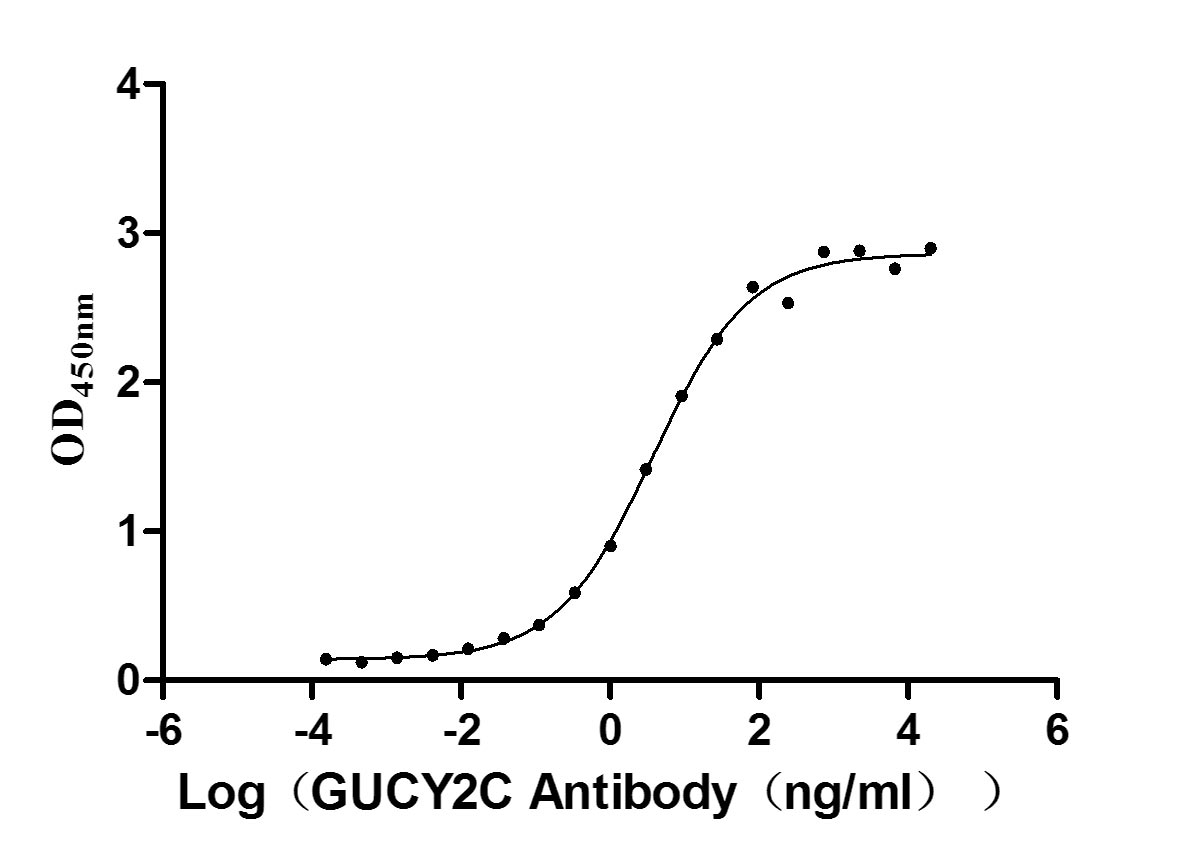
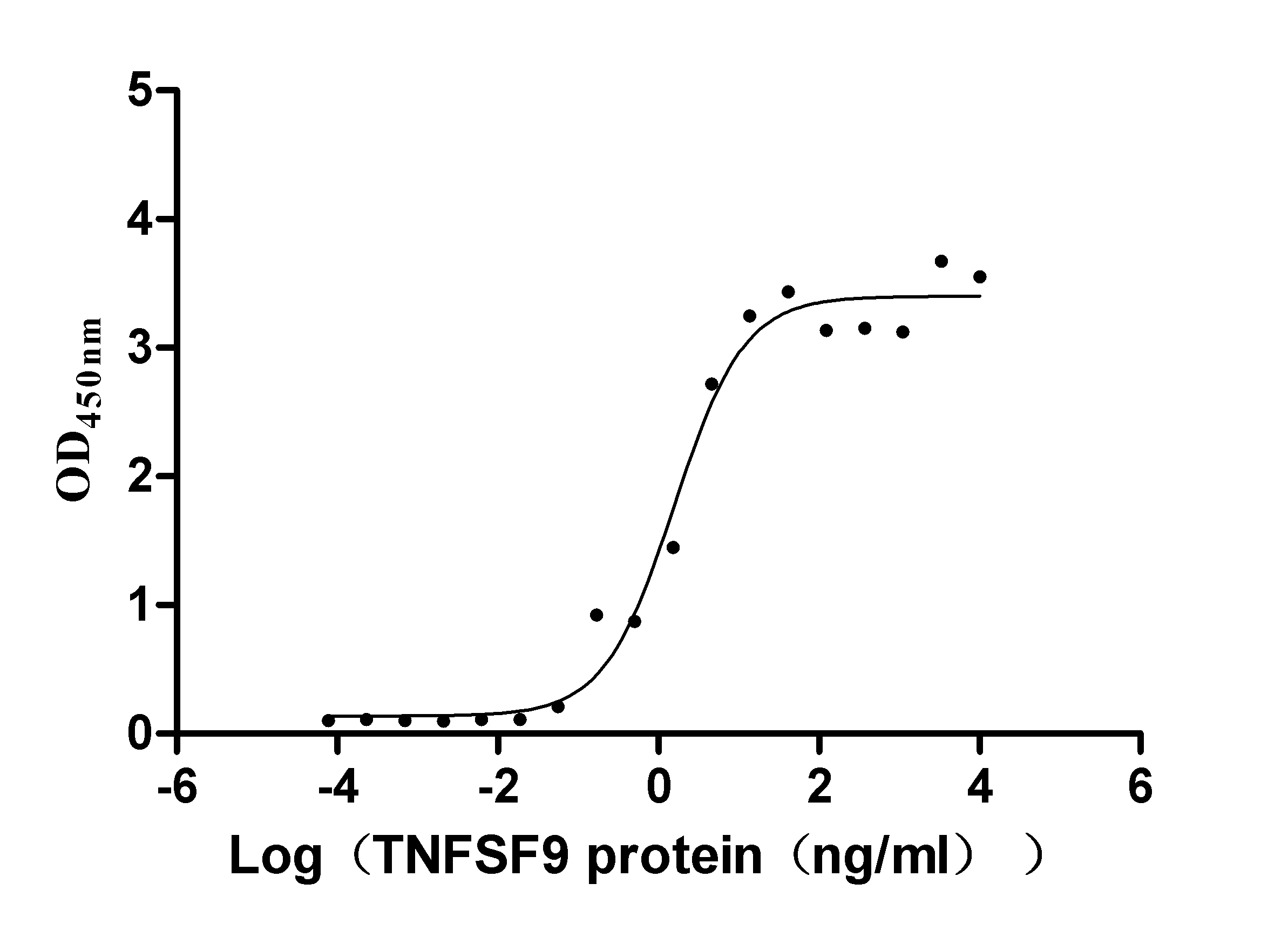
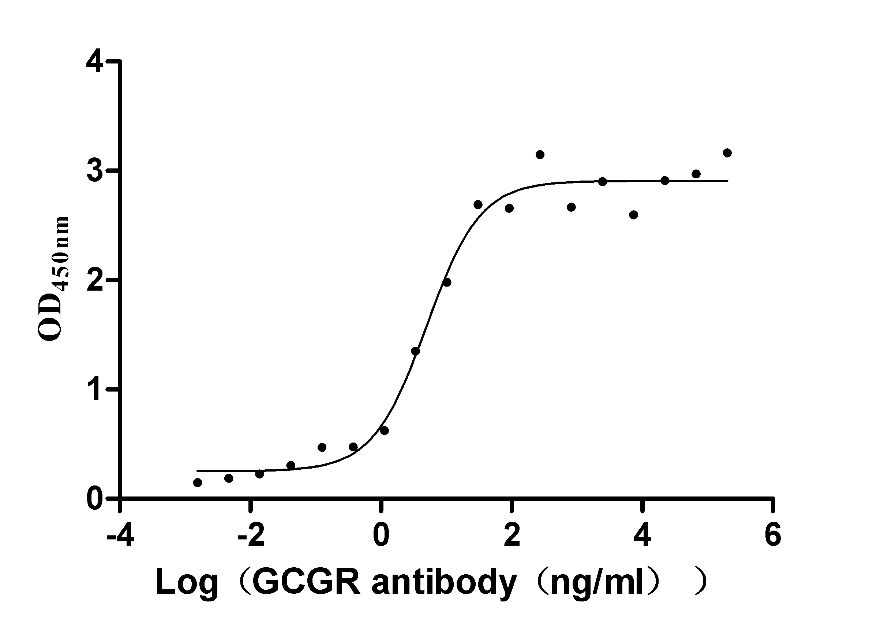
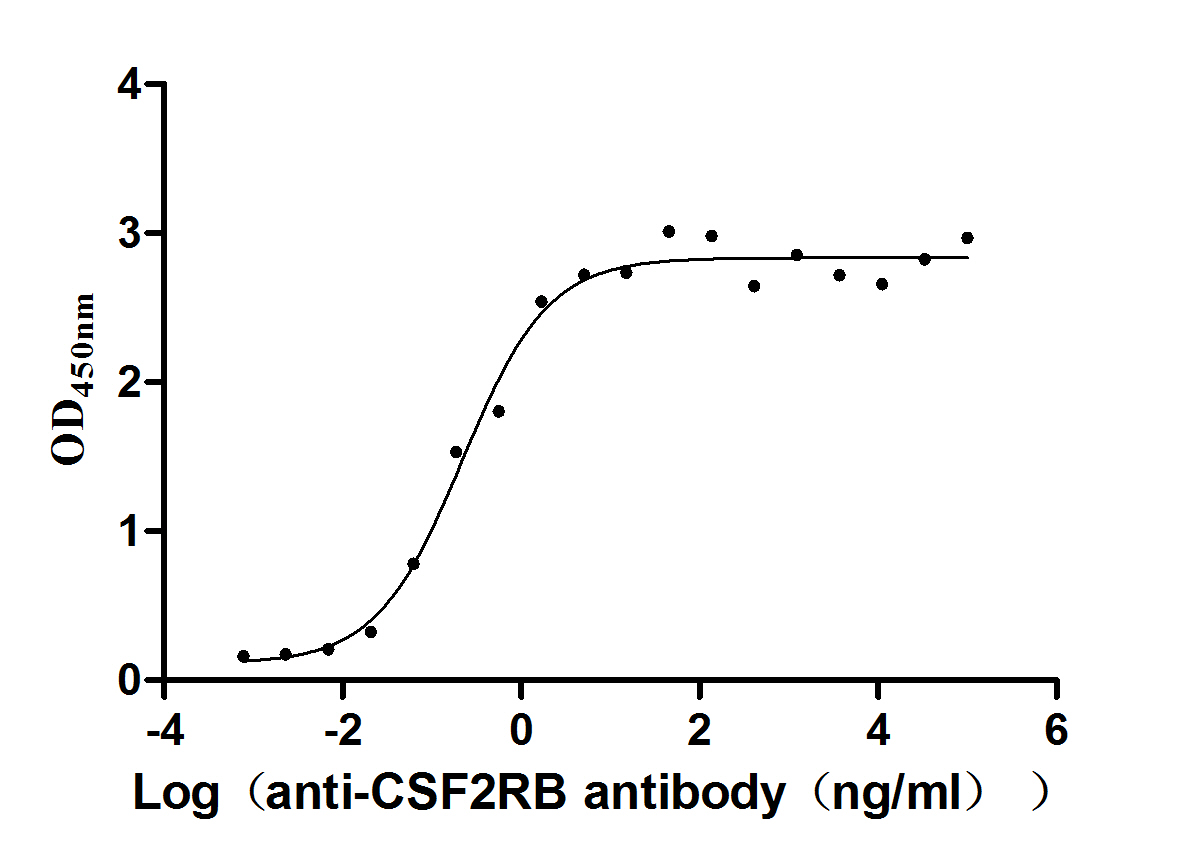
-AC1.jpg)
